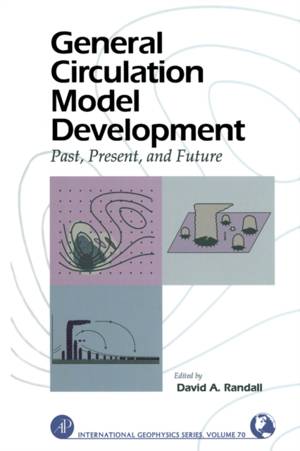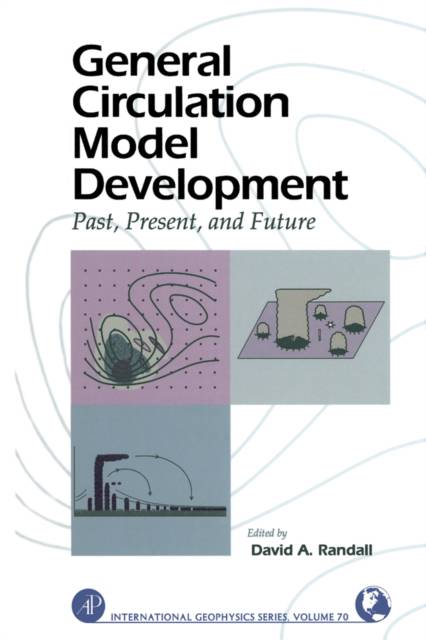
- Afhalen na 1 uur in een winkel met voorraad
- Gratis thuislevering in België vanaf € 30
- Ruim aanbod met 7 miljoen producten
- Afhalen na 1 uur in een winkel met voorraad
- Gratis thuislevering in België vanaf € 30
- Ruim aanbod met 7 miljoen producten
Zoeken
€ 164,95
+ 329 punten
Omschrijving
General Circulation Models (GCMs) are rapidly assuming widespread use as powerful tools for predicting global events on time scales of months to decades, such as the onset of EL Nino, monsoons, soil moisture saturation indices, global warming estimates, and even snowfall predictions. While GCMs have been praised for helping to foretell the current El Nino and its impact on droughts in Indonesia, its full power is only now being recognized by international scientists and governments who seek to link GCMs to help them estimate fish harvests, risk of floods, landslides, and even forest fires.
Scientists in oceanography, hydrology, meteorology, and climatology and civil, ocean, and geological engineers perceive a need for a reference on GCM design. In this compilation of information by an internationally recognized group of experts, Professor Randall brings together the knowledge base of the forerunners in theoretical and applied frontiers of GCM development. General Circulation Model Development focuses on the past, present, and future design of numerical methods for general circulation modeling, as well as the physical parameterizations required for their proper implementation. Additional chapters on climate simulation and other applications provide illustrative examples of state-of-the-art GCM design.
Scientists in oceanography, hydrology, meteorology, and climatology and civil, ocean, and geological engineers perceive a need for a reference on GCM design. In this compilation of information by an internationally recognized group of experts, Professor Randall brings together the knowledge base of the forerunners in theoretical and applied frontiers of GCM development. General Circulation Model Development focuses on the past, present, and future design of numerical methods for general circulation modeling, as well as the physical parameterizations required for their proper implementation. Additional chapters on climate simulation and other applications provide illustrative examples of state-of-the-art GCM design.
Specificaties
Betrokkenen
- Auteur(s):
- Uitgeverij:
Inhoud
- Aantal bladzijden:
- 416
- Taal:
- Engels
- Reeks:
- Reeksnummer:
- nr. 70
Eigenschappen
- Productcode (EAN):
- 9780125780100
- Verschijningsdatum:
- 5/07/2000
- Uitvoering:
- Hardcover
- Formaat:
- Genaaid
- Afmetingen:
- 163 mm x 236 mm
- Gewicht:
- 1238 g

Alleen bij Standaard Boekhandel
+ 329 punten op je klantenkaart van Standaard Boekhandel
Beoordelingen
We publiceren alleen reviews die voldoen aan de voorwaarden voor reviews. Bekijk onze voorwaarden voor reviews.











